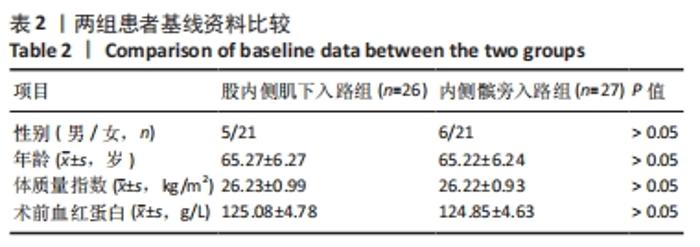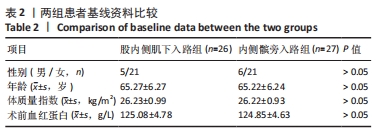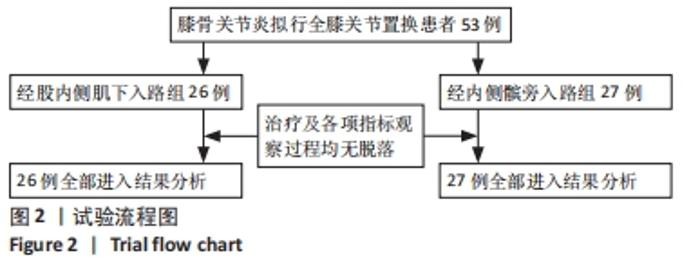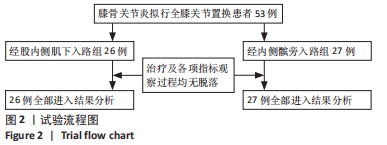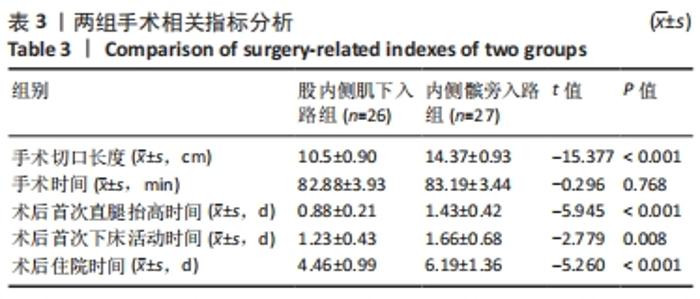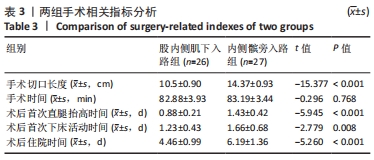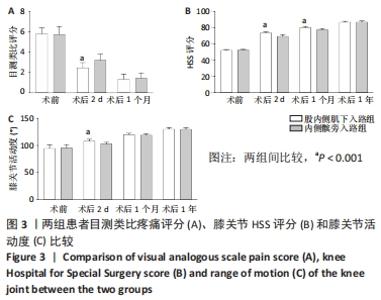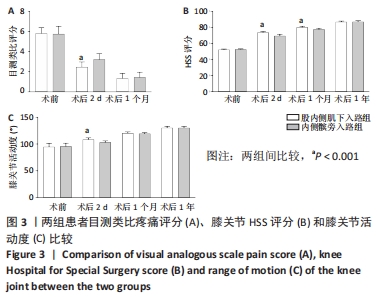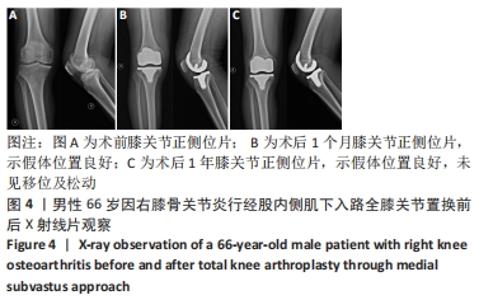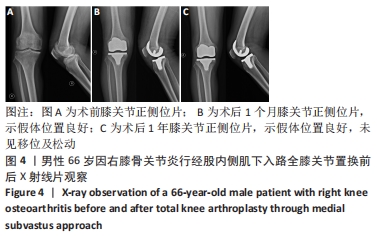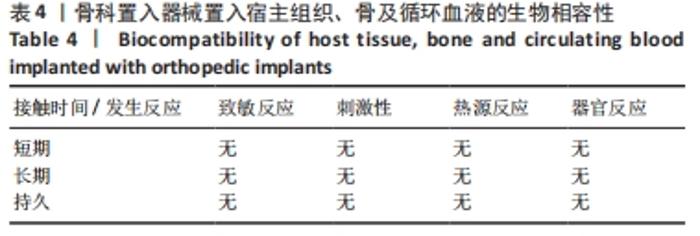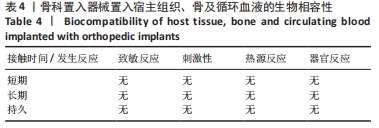[1] 雷光华,王坤正.骨关节炎诊疗指南(2018年版).中华骨科杂志, 2018,38(12):716-717.
[2] SCAPINELLI R. Blood supply of the human patella: its relation to ischaemic necrosis after fracture.J Bone Joint Surg Br. 1967;49(3):563-570.
[3] PAGNANO MW. Patellar tendon and quadriceps tendon tears after total knee arthroplasty. J Knee Surg. 2003;16(4):242-247.
[4] HOFMANN AA, PLASTER RL, MURDOCK LE. Subvastus (Southern) approach for primary total knee arthroplasty. Clin Orthop Relat Res. 1991;269:70-77.
[5] LI Z, CHENG W, SUN L, et al. Mini-subvastus versus medial parapatellar approach for total knee arthroplasty: a prospective randomized controlled study. Int Orthop. 2018;42(3):543-549.
[6] 姚运峰,康鹏德,薛晨曦,等.经股内侧肌下微创入路与传统入路行人工全膝关节置换术的前瞻性随机对照研究[J].中国修复重建外科杂志,2018,32(2):162-168.
[7] MACHERAS GA, GALANAKOS SP, LEPETSOS P, et al. A long term clinical outcome of the Medial Pivot Knee Arthroplasty System. Knee. 2017;24(2):447-453.
[8] SAMY DA, WOLFSTADT JI, VAIDEE I, et al. A retrospective comparison of a medial pivot and posterior-stabilized total knee arthroplasty with respect to patient- reported and radiographic outcomes. J Arthroplasty. 2018;33(5):1379-1383.
[9] CHAREANCHOLVANICH K, PORNRATTANAMANEEWONG C. Does the length of incision in the quadriceps affect the recovery of strength after total knee replacement? a prospective randomised clinical trial. Bone Joint J. 2014;96(7):902-906.
[10] GRACE JN, RAND JA. Patellar instability after total knee arthroplasty. Clin Orthop Relat Res. 1988(237):184-189.
[11] BERSTOCK JR, MURRAY JR, WHITEHOUSE MR, et al. Medial subvastus versus the medial parapatellar approach for total knee replacement: a systematic review and meta-analysis of randomized controlled trials. EFORT Open Rev. 2018;3(3):78-84.
[12] MATSUEDA M, GUSTILO RB. Subvastus and medial parapatellar approaches in total knee arthroplasty. Clin Orthop Relat Res. 2000;371: 161-168.
[13] DOJODE D, DIXIT UR, REDDY MGS, et al. Medial parapatellar versus subvastus approach in total knee arthroplasty. Int J Orthop Sci. 2018; 4(4):40-45.
[14] KHAN MNH, ABBAS K, FARAZ A, et al. Total knee replacement: A comparison of the subvastus and medial parapatellar approaches. Ann Med Surg (Lond). 2021;68:102670.
[15] WU Y, ZENG Y, BAO X, et al.Comparison of mini-subvastus approach versus medial parapatellar approach in primary total knee arthroplasty. Int J Surg. 2018;57:15-21.
[16] MIGLIORINI F, ARETINI P, DRIESSEN A, et al. Better outcomes after mini-subvastus approach for primary total knee arthroplasty: a Bayesian network meta-analysis. Eur J Orthop Surg Traumatol. 2020;30(6):979-992.
[17] BOUCHÉ PA, CORSIA S, NIZARD R, et al. Comparative efficacy of the different surgical approaches in total knee arthroplasty: A systematic-review and network meta-analysis. J Arthroplasty. 2021;36(3):1187-1194.e1.
[18] MADADI F, MADADI F, OSIAS E, et al. Comparison of Effects of Medial Parapatellar and Subvastus Bilateral Simultaneous Approaches in Total Knee Arthroplasty. J Arthroscopy Joint Surg. 2021. doi: 10.1016/j.jajs.2021.06.001
[19] LANTING BA, LEGAULT JA, JOHNSON MI, et al. Lateral subvastus approach: A cadaveric examination of its potential for total knee arthroplasty. Knee. 2020;27(4):1271-1278.
[20] SIDHU SP, MOSLEMIAN A, YAMOMO G, et al. Lateral subvastus lateralis versus medial parapatellar approach for total knee arthroplasty: A cadaveric biomechanical study. Knee. 2020;27(6):1735-1745.
[21] Noble PC, Gordon MJ, Weiss JM, et al. Does total knee replacement restore normal knee function?. Clin Orthop Relat Res. 2005;431:157-165.
[22] Sabatini L, Risitano S, Parisi G, et al. Medial pivot in total knee arthroplasty: literature review and our first experience. Clin Med Insights Arthritis Musculoskelet Disord. 2018;11:1179544117751431.
[23] 李旭祥,张惠康,魏波,等.基于MRI和三维CT个性化截骨导板在内轴型膝关节假体置换中的应用[J].中国组织工程研究,2020, 24(30):4835.
[24] Sheth NP, Husain A, Nelson CL. Surgical techniques for total knee arthroplasty: measured resection, gap balancing, and hybrid. J Am Acad Orthop Surg. 2017;25(7):499-508.
|
